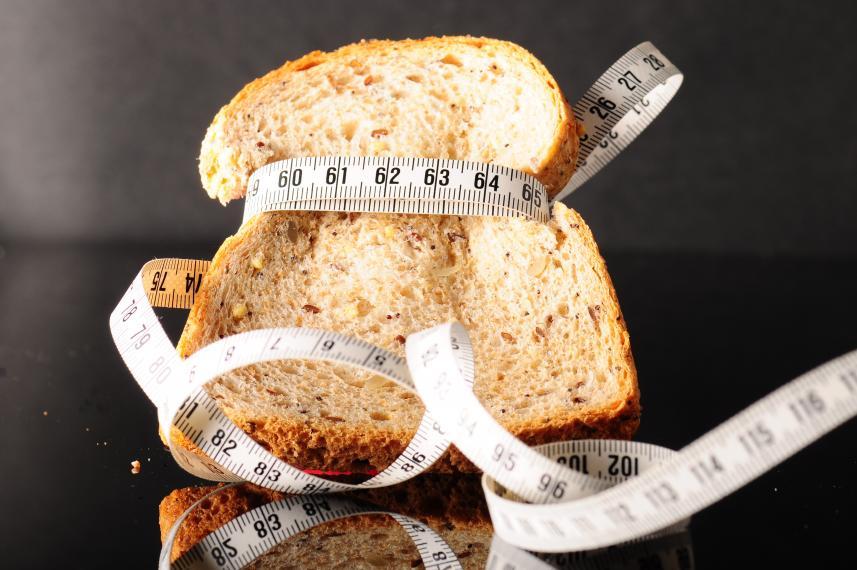Let Them Eat Bread

University of Guelph researchers modify starch to slow its digestion and prevent a post-meal blood sugar spike.
The dramatic rise in the prevalence of obesity over the past few decades presents a global health crisis. Obesity puts individuals at higher risk for many diseases, including diabetes, cardiovascular disease and some cancers. The increased consumption of high glycemic index foods that contain the carbohydrate starch is one of the key contributors to this rapid rise in obesity rates. High glycemic index foods are rapidly digested, causing a spike in blood sugar and, in turn, a spike in insulin. The hormone insulin works to convert the sugar into fat stores. After eating high glycemic foods, the insulin spike often leads to a rapid drop in blood sugar, resulting in fatigue, hunger and overeating. The problem is that high glycemic foods with rapidly digestible carbohydrates include those that many people find hard to give up, such as white bread.
University of Guelph engineering professor Mario Martinez and his research team have developed a new method to modify starch to slow its digestion when incorporated into baked goods without compromising their taste and texture. This would lower the glycemic index of food favourites—meaning they can still be enjoyed without the fear of the blood sugar and insulin spikes. To accomplish this goal, the team used a method called shear-induced fragmentation, where the starch is broken down into smaller pieces. These small fragments can closely interact and intertwine with each other, forming structures that are more difficult for digestive enzymes to break down, so they take longer to digest. The research team tested the starch in a bread recipe and found that the fragmented starch did not alter the bread’s desirable properties, including its soft texture. However, the fragmented starch resulted in breadcrumbs with 500% more slowly digestible starch than the regular bread, which is expected to take significantly longer to digest.
“Modifying starch by shear-induced fragmentation will allow people to eat the foods they enjoy, without the elevated blood sugar spike. This could reduce the prevalence of obesity and diabetes, and provide longer lasting energy levels after a meal,” says Martinez. “This technique can be easily scaled up to industrial production levels and thereby meet the needs of consumers looking for healthier alternatives to their favourite foods.”
This work was supported by the Walmart Foundation.
Roman L, Campanella O, Martinez MM. Shear-induced molecular fragmentation decreases the bioaccessibility of fully gelatinized starch and its gelling capacity. Carbohydr. Polym. 2019. doi: 10.1016/j.carbpol.2019.03.076
Roman L, Gomez M, Hamaker B, Martinez MM. Banana starch and molecular shear fragmentation dramatically increase structurally driven slowly digestible starch in fully gelatinized bread crumb. Food Chem. 2019. doi: 10.1016/j.foodchem.2018.09.023